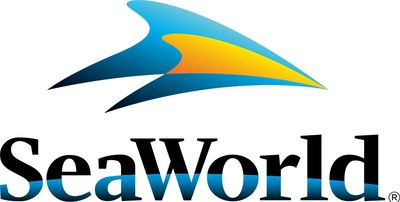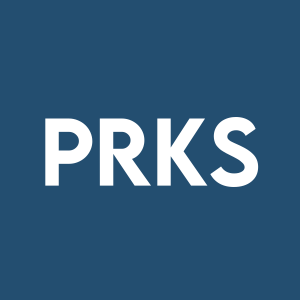SEAWORLD SAN ANTONIO EXPERIENCES A 'BABY BOOM'
Rhea-AI Summary
SeaWorld San Antonio announced the birth of a baby beluga whale and a Pacific white-sided dolphin, both born within two days at the park's Beluga Whale and Dolphin Stadium.
The park also recently welcomed a California sea lion, a harbor seal, and a critically endangered radiated tortoise. Experienced mothers Piquet, a 36-year-old Pacific white-sided dolphin, and Luna, a 23-year-old beluga whale, successfully gave birth to calves.
These births offer valuable research opportunities through SeaWorld's ongoing partnership with St. Mary's University, allowing for detailed observation and study of calf development and social interactions.
Positive
- SeaWorld San Antonio witnessed the birth of a baby beluga whale and a Pacific white-sided dolphin.
- The park also welcomed a California sea lion, a harbor seal, and a critically endangered radiated tortoise.
- SeaWorld has a long-standing research partnership with St. Mary's University to study animal behavior and development.
Negative
- None.
News Market Reaction 1 Alert
On the day this news was published, PRKS gained 2.04%, reflecting a moderate positive market reaction.
Data tracked by StockTitan Argus on the day of publication.
Baby beluga whale and baby Pacific white-sided dolphin are the latest in a series of births at the marine life park.
"We are excited to welcome two new additions to our whale and dolphin pod," said Katie Kolodziej, Curator of Zoological Operation at SeaWorld San Antonio. "Based on early observations, we are cautiously optimistic that both the calves and the mothers are on the path to reach normal milestones. Our team of animal care specialists will observe the calves and mothers around the clock for the next several weeks."
Both mothers, Piquet, a 36-year-old Pacific white-sided dolphin, and Luna, a 23-year-old beluga whale, are experienced mothers and have previously given birth and raised multiple calves each. After approximately 50 minutes of labor, Piquet gave birth to a female calf weighing roughly 20 pounds and measuring 20 inches long. Luna's calf, a male weighing approximately 130 pounds and four feet long, was born after two and half hours of labor. Both calves were born tail first, the typical position for whales and dolphins during parturition. The calves will swim closely alongside their mothers often gliding in their slip stream for several weeks to conserve energy. Both calves will soon be introduced to the existing pod of whales and dolphins at the facility that now that includes ten beluga whales and eight Pacific white-sided dolphins.
In the coming weeks and months, zoo officials will use this unique opportunity to learn more about each of the species. Animals born under human care offer a unique opportunity to gather information about the species. For over 20 years, SeaWorld has partnered with St. Mary's University in
"We have worked with SeaWorld for two decades conducting observational research on calves and their development," said Dr. Heather Hill Professor of Psychology at St. Mary's University in
The "baby boom" began earlier this summer with the arrival of a harbor seal, a
About SeaWorld
SeaWorld is a leading marine life theme park and accredited zoo and aquarium that provides experiences that matter while educating and inspiring guests of all ages to care about marine life. Welcoming millions of guests every year, the parks offer fun and enriching experiences from up-close animal encounters and year-round educational programs to award-winning marine-life-themed rides and attractions, special events, and exciting entertainment. For more than 60 years SeaWorld has advanced the conservation of marine life in and outside its parks through science, education, and exceptional animal care that is Humane Certified by American Humane and accredited by the Alliance of Marine Mammal Parks and Aquariums and the Association of Zoos and Aquariums. SeaWorld is one of the largest marine animal rescue organizations in the world, helping more than 41,000 animals to date. The SeaWorld Conservation Fund, a non-profit foundation established in 2003, has provided more than
Media Contact:
Chuck.Cureau@seaworld.com
![]() View original content to download multimedia:https://www.prnewswire.com/news-releases/seaworld-san-antonio-experiences-a-baby-boom-302194147.html
View original content to download multimedia:https://www.prnewswire.com/news-releases/seaworld-san-antonio-experiences-a-baby-boom-302194147.html
SOURCE SeaWorld Parks & Entertainment







